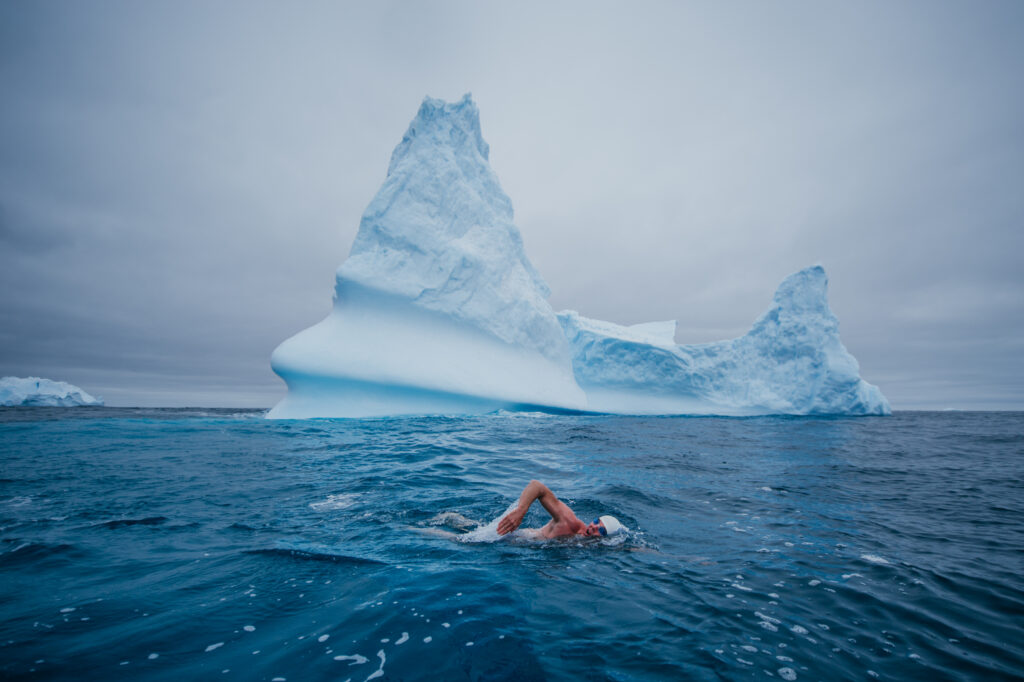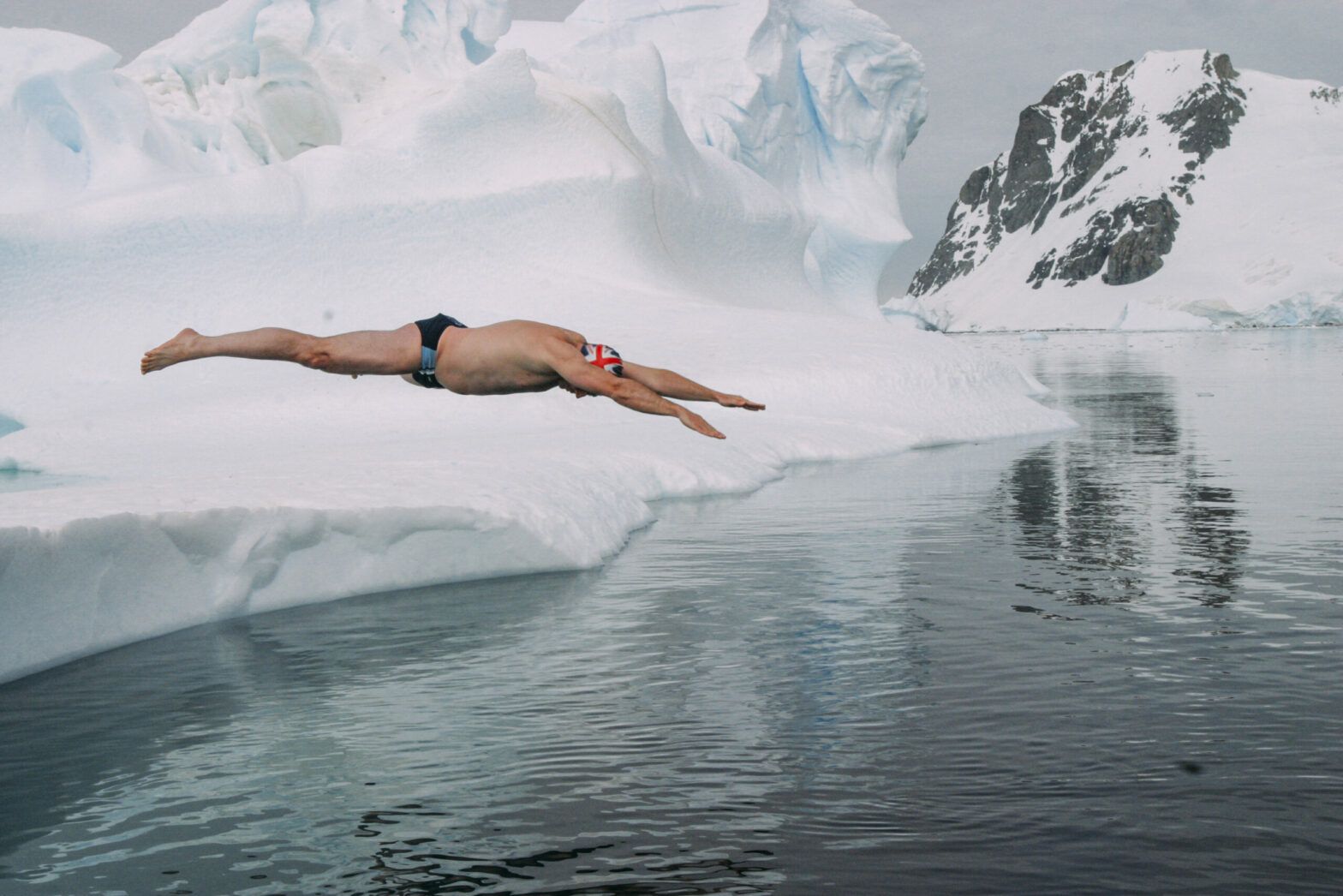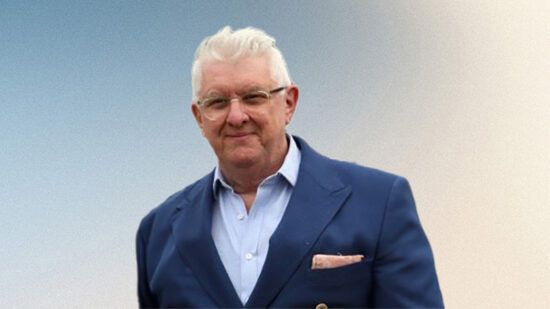Some people think I must be super-human to withstand the kind of cold that I do. Nothing could be further from the truth.
I recently completed the world’s first multi-day swim in the Polar regions, when I swam across Greenland’s Ilulissat Icefjord, which is fed by the world’s fastest moving glacier.
I’ve never felt more vulnerable than when I was swimming between fast moving icebergs and brash ice.
The distance was 7.8 km, which I covered over 14 days, in icy waters that hovered around 0°C. At the end of the swim I felt relief, exhaustion, cold – and deep, deep worry.
Our Polar regions are melting. One week before I started, rain fell on the highest mountain in Greenland for the first time in recorded history. On day four of my swim I witnessed thousands of icebergs flowing out to sea. I have never seen anything like it – and I have been visiting the Arctic regularly since 2003.
Mighty Ilulissat
The Ilulissat Glacier is imposing and awesome. Some of the icebergs it produces are more than 1km tall. But mighty as they appear, the icy poles are vulnerable. Global warming is affecting the Polar regions more dramatically than anywhere else on Earth, with glaciers, sea ice and permafrost all melting.
The impacts will be devastating. One billion people live less than 10 metres above sea level; a one-metre rise alone would drown major cities like London, Tokyo and New York. If the entire Greenland Ice Sheet were to melt, it would lead to a global sea level rise of over seven metres.

I chose to swim at Ilulissat because there is no better place to demonstrate the effects of global warming and the unfolding climate crisis.
I knew the swim was going to be challenging. But what I witnessed there was also terrifying.
On day four of my swim, several huge grounded icebergs at the mouth of the Ilulissat Icefjord broke free. It was like an enormous dam bursting. I watched thousands of smaller icebergs rush out to sea.
Without a clear patch of water, I couldn’t swim. My team had to relocate to a small village on the other side of the Icefjord, closer to open sea. Even so, when I began to swim again it was like running across a motorway – except that, instead of dodging cars, I was dodging icebergs and sharp brash ice, while swimming in 0°C water.
Global gathering
Nature is powerful, and robust, but holds us in a delicate balance. Tilt it off balance and it shows its vulnerability, responding with freak storms, floods, droughts, and devastating wild fires.

We have caused this problem, and now we must fix it. If we want to live on this earth with any degree of safety and comfort, we must restore balance. We are all interconnected. So when we force extinction on almost 70% of wildlife, as we have done in in the past 50 years, we are ultimately destroying our own life support system.
In November, world leaders gather in Glasgow for COP26, to make decisions about the future of our planet. I will be there to impress on them that we must take action, and make meaningful changes to the way we do business, right now.
We need to work together as an international community. Global warming affects all of us, but not all equally. Some countries carry a bigger burden, others a bigger responsibility. No one nation can solve this crisis on its own.
We will not solve the climate crisis unless we change the way we invest. Every decision we take has consequences. The financial services sector can play a crucial role in building a sustainable world.
Governments, business and civil society each have an important role to play, but of these business can respond the fastest.
Balance is about reciprocity; it is give as much as take. How will you tip the scales?








